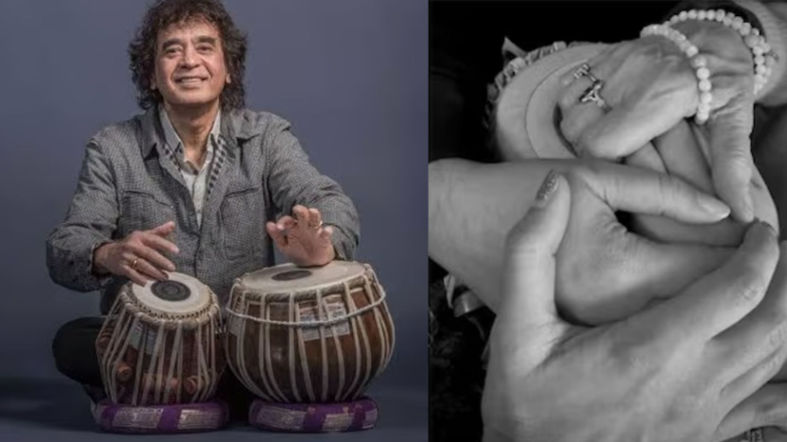The Indian Army today responded officially to a public row surrounding the removal of the iconic 1971 Pakistan surrender painting, but defended its new location at the Manekshaw Centre. The Army said that the painting has been installed at what it thinks is the “most befitting place“ in honour of the historic military victory through the signing of the Instrument of Surrender following the 1971 war.
Vijay Diwas Installation Ceremony
The installation occurred on Vijay Diwas, which was to mark the victory of India over Pakistan in the 1971 war. This war was one that gave birth to Bangladesh but, more importantly, firmly placed India as a significant military force in the region. The Army informed that the painting has been installed at the Manekshaw Centre, named after Field Marshal Sam Manekshaw, the architect of India‘s victory in the war. General Upendra Dwivedi, Chief of Army Staff (COAS), attended the ceremony along with the President of the Army Wives Welfare Association (AWWA), Mrs. Sunita Dwivedi. Seniors, veterans, and dignitaries also graced the occasion.
A Badge of Triumph and Mankind
The Army asserts that the painting is a glorious tribute to one of the Indian Army’s greatest victories, and a reflection of its unwavering desire for justice and humanity. Hence, an institution with such massive pedestrian movement, both within India and across the world was chosen–the Manekshaw Centre.
Previous Row Over Deposition
The controversy over the shifting of the painting starts with Congress MP Priyanka Gandhi Vadra raising this issue in Lok Sabha. It was referred to during her Zero Hour reference, where Priyanka raised concerns over the removal of the iconic picture from Army Headquarters. She was shooting a photograph on the ceremony of surrender during which Lieutenant General Jagjit Singh Aurora of Indian Army and Lieutenant General AAK Niazi of Pakistan Army were also found.
At Army HQ’s long-held place for this important and historic painting, Karm Kshetra can be seen now. The fresh painting includes pictures of the mighty Lake Pangong Tso and represents how it strengthens military capabilities on the LAC with China. There’s also a depiction of Chanakya, Garuda and Lord Krishna driving Arjun’s chariot. The convergence between a good use of the present and mythological strength resonated heavily from behind such a great piece of wall-hanging art.
Thal Sena Bhawan Next-Plan Plans
Apart from the installation of the painting, there are plans for a new Thal Sena Bhawan. The facility is slated opposite the Manekshaw Centre on the Delhi Cantonment stretch to house the various arms of the Army Headquarters currently spread all across the city.
Conclusion
The Indian Army has taken a decision to shift the iconic 1971 surrender painting to the Manekshaw Centre, which has elicited mixed reactions. However, the Army is of the opinion that this is the most appropriate location for the painting, both in terms of military history and legacy of Field Marshal Sam Manekshaw.














